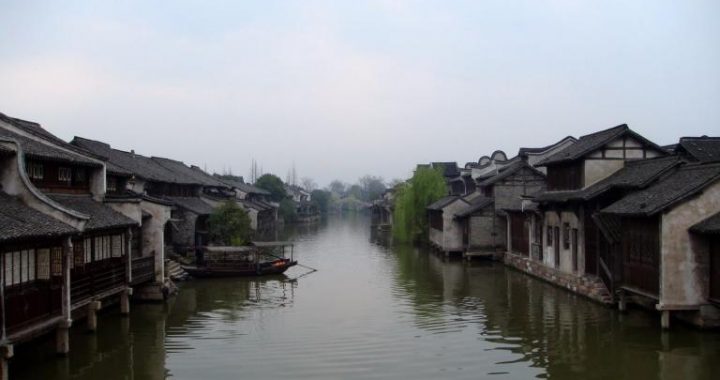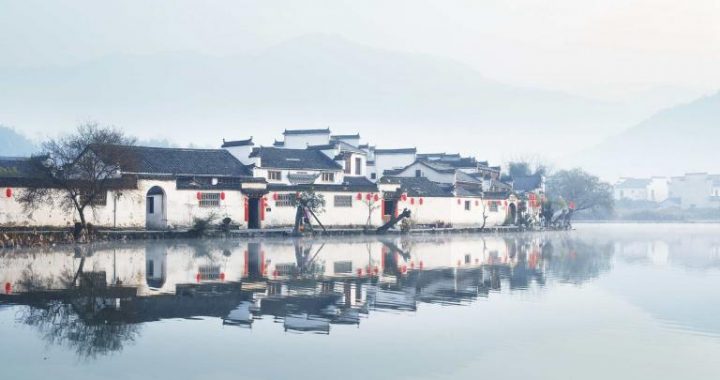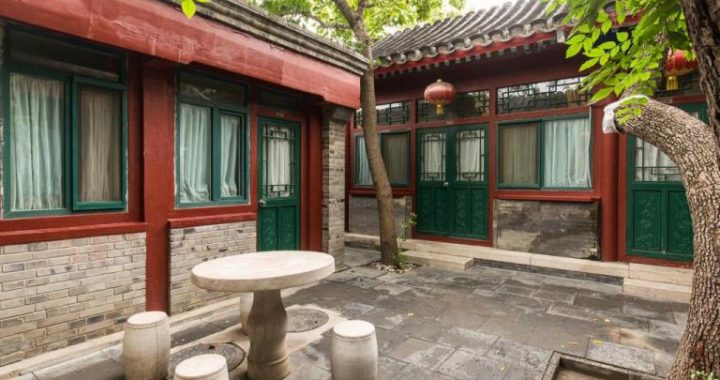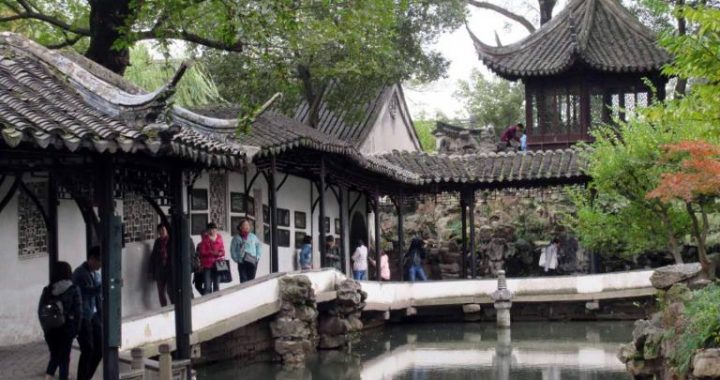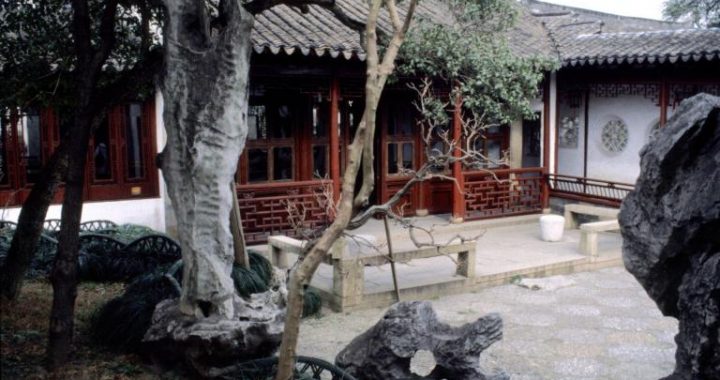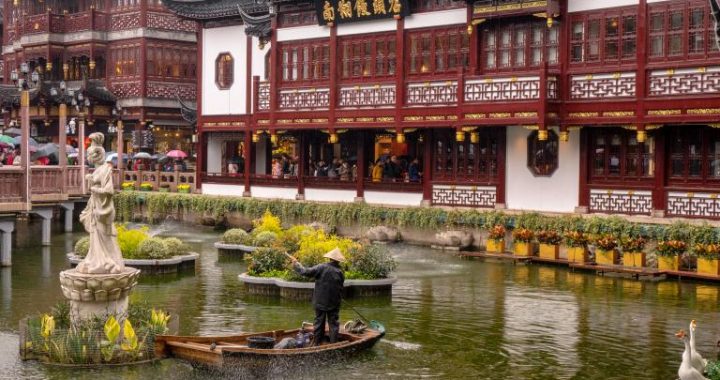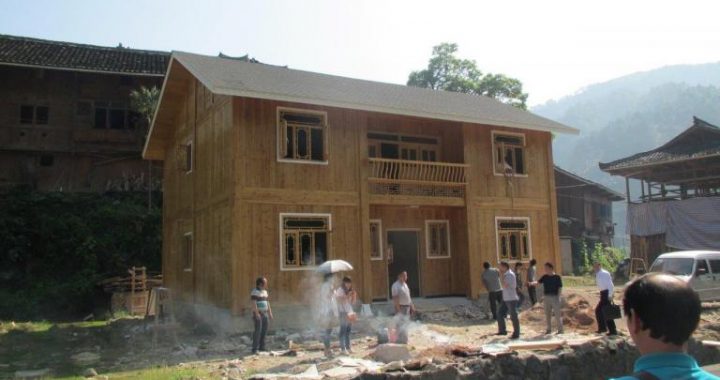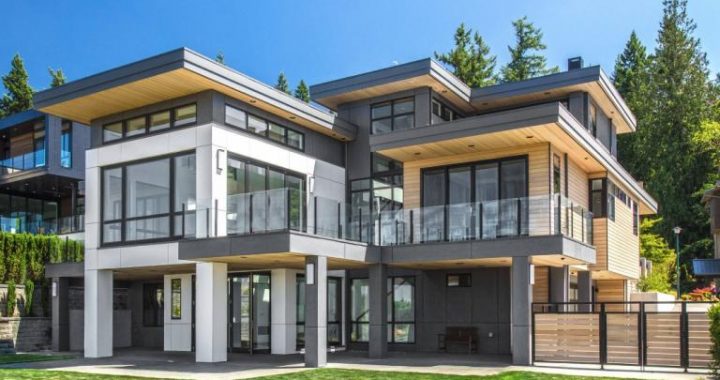Taoist Temples in ancient China
5 min readTaoism,China’s indigenous religion,originated from folk witchery and art of seeking immortality.There were pills of immortality in the Warring States Period,the so-called ways of”the Yellow Emperor and Laozi”formed through combination of the thoughts of Laozi and Zhuangzi with witchery,etc.in the Qin and Han dynasties,and the”Way of the Five Pecks of Rice”established byZhang Daoling(i.e.Celestial Master Zhang)in the Eastern Han Dynasty,which led to the final formation of Taoism.Laozi was regarded as the founder of Taoism,Laozi’s philosophical thoughts were borrowed,and Tao Te Ching was the main classic.

“Three Bodies”in Buddhism and”Three Pure Ones”in Taoism.
“Three Bodies”is a Buddhist term translated from the Sanskrit word trikayah.”Body”means a gathering of several realities.The gathering of truth is called”dharma body”(dharmakaya in Sanskrit),the gathering of wisdom is called”recompense body”(sambhogakaya in Sanskrit),and the gathering of virtue is called”response body”(nirmaakaya in Sanskrit).
The”Three Pure Ones,”i.e.the Jade Pure One,the Grand Pure One and the supreme Pure One,are the supreme gods among all Taoist immortals.The Jade Pure One is the Lord of Primordial Beginning,the Grand Pure One is the Lord of the Numinous Treasure,and the supreme Pure One is the Lord of the Way and its Virtue.These three gods were major gods after the creation of the world in Taoism.
Because Taoism originated among people and the earliest sites for activities were mostly in mountainous areas,Taoist architecture only included caves,stone chambers,quiet chambers,main halls,residences in mountains,thatched cottages,public houses and other civilian residences.The requirement on the practicing and living environment was also very simple-“living in remote places far from the mundane world.”
In the Wei and Jin dynasties,to adapt to feudal rulers’needs,Taoism reform was carried out with reference to Confucian and Buddhist thoughts.Its rites and doctrines were gradually improved to reflect all emperors’need to rule people mentally,and were welcomed by rulers.Taoism developed from a primitive folk religion into a systematic official religion.Taoist architecture began to emerge on plains and in cities,and facilitated combination with imperial power.”Palace”and”temple,”originally names of imperial buildings,also became names of Taoist buildings.

Most of the Taoist buildings built in the past more than 2,000 years were in mountains.Such orientation of Taoist architecture had its own ideological basis:first,under the influence of the basic thought that”Tao models itself after nature,”admiring nature,following nature and returning to nature became inevitable pursuits of Taoism in terms of architecture,so buildings should be built in mountains,forests and rustic areas according to mountain features and adapt to environments;second,Taoists took”attainment of enlightenment and immortality”as the ultimate goal of practice,created”36 cave heavens and 72 auspicious sites”in real mountains and forests in correspondence with the legendary”cave heavens and auspicious sites”where immortals lived,and defined the locations and environments of Taoist architecture;besides,out of the need to practice qigong and make mysterious pills of immortality,Taoism required that these places be quiet and mysterious.
Mountains and forests happened to meet this requirement.
Taoism is a polytheistic religion.”Laozi is the founder,Sakyamuni is the originator and Confucius is the model.”Equal importance was attached to these three religions.As a result,Confucian,Buddhist and Taoist sages were all enshrined in all-inclusive Taoist architecture.Because the gods that various sects believed in were too numerous,the supreme gods of various sects were mingled into the”Three Pure Ones”according to the Buddhist theory of the “Three Bodies”to straighten things out and facilitate the spread of Taoism.
Therefore,the Hall of the Three Pure Ones was most important among all Taoist buildings and the main hall in a Taoist temple.Besides,other immortalswere ranked to distinguish between the superior and the inferior according to the Confucian patriarchal clan system.Thus,the buildings enshrining them were also ranked,and overall layouts were affected.
Temples enshrining Taoist gods are typical Taoist buildings. Taoists actually worship the founders, and Laozi certainly has the highest status among them. Therefore, the Hall of the Three Pure Ones in a Taoist temple is the main hall, and the spirit tablet of Laozi is placed at the center of the main hall. Apart from the Hall of the Three Pure Ones, most temples have the Hall of the Founder and the Hall (Pavilion) of Laozi enshrining Laozi specially. Besides, the Jade Emperor Tower(Hall), the Hall of the Saintly Mother, the Hall of the Big Dipper, the Zhenwu Palace (enshrining God Xuanwu), the Hall of the Three Officials (enshrining the officials in charge of heaven, earth and water), etc.
have high status and are often located on the main axis with the Hall of the Three Pure Ones.
Meanwhile, the temples enshrining the High Ancestor of Bright Heaven, the Five Emperors and the Rulers of the Five Mountains worshipped by the imperial family and aristocrats were managed by Taoists; besides, Taoists always presided over ceremonies of worshipping gods in myths such as Fu Xi, Nuwa, town gods, earth gods and wealth gods; later, virtuous historical figures who benefited people such as Lord Guan, Mazu, Li Bing and his son were all included into the worshipping system of Taoism. Many types of Taoist temples emerged, and the objects of worship can match those in Buddhist temples.
Among god’s temples with more folk connotations and closer to people’s daily life, town god temples are most special. The town god is a god protecting residents in a town, quite similar to ancient Greek’s protecting goddess Athena in nature, but most Chinese town gods are people who made great achievements in real life such as famous honest and upright officials, national heroes or people who did practical things for ordinary people. Town godtemples have strong folk color, often combined with local temple fairs.
Activities are held according to seasons and solar terms every year, and a great number of worshippers and pilgrims come on the 1st day and 15th day of every lunar month.
Most of the existing Taoist temples were rebuilt in the Ming and Qing Dynasties, and there are few early relics. The Yongle Palace originally first built in the Tang Dynasty in Yongji County, Shanxi, later moved to Ruicheng and rebuilt in the 3’d year of the Zhongtong Period of the Yuan Dynasty(1262) is the earliest existing Taoist temple. The main buildings on the central axis include the temple gate, the Gate of Infinity, the Hall of the Three Pure Ones, the Chunyang Hall, the Chongyang Hall, etc. Many Taoist temples of the Ming and Qing dynasties remain,e.g. the White Cloud Temple in Beijing, the Zhengyi Temple on the Longhu Mountain in Guixi County, Jiangxi, the Loutai Temple at the north foot of the Qinling Mountains in Zhouzhi County, Shaanxi, the Qingyang Temple in Chengdu, Sichuan, etc.

